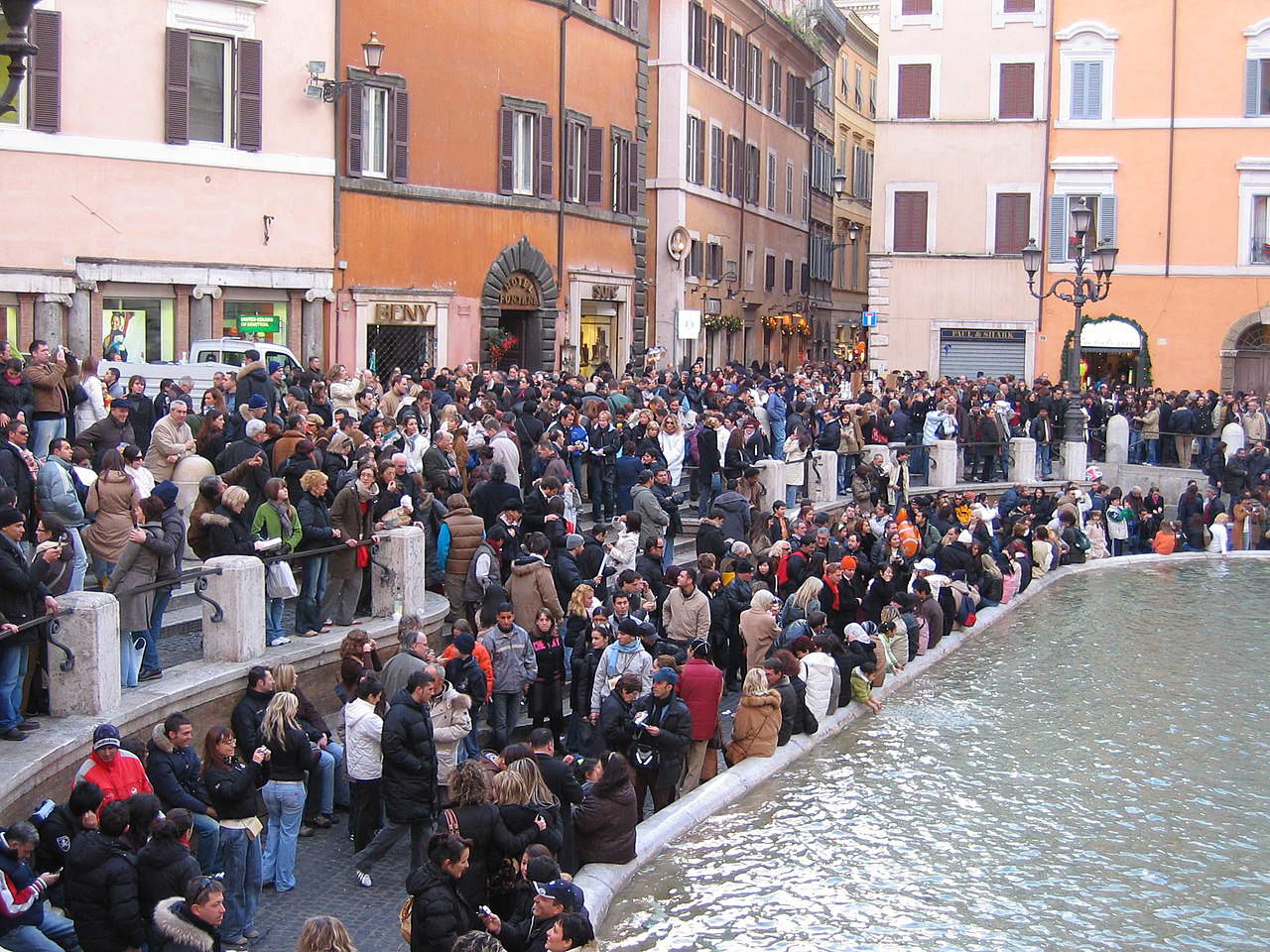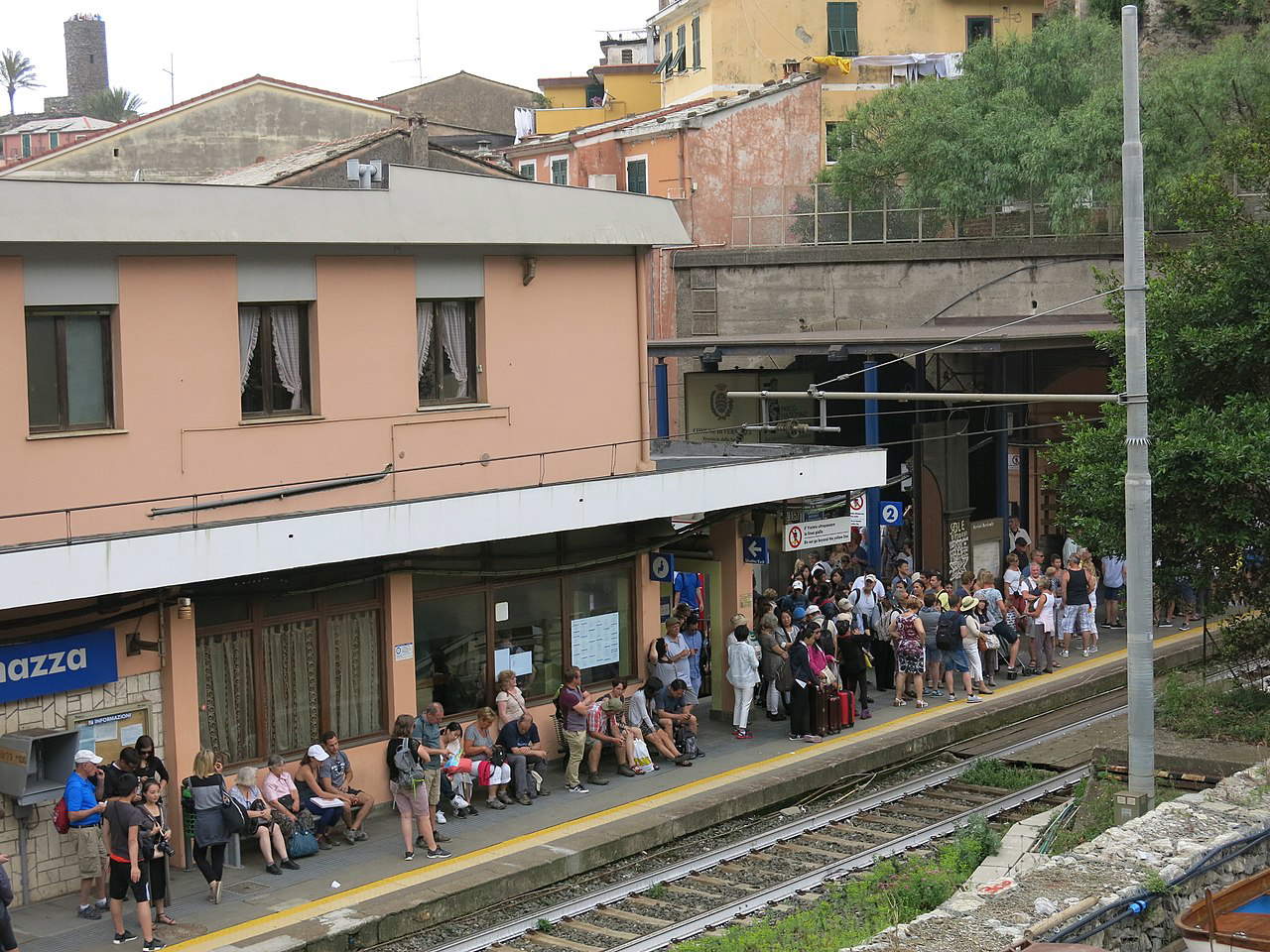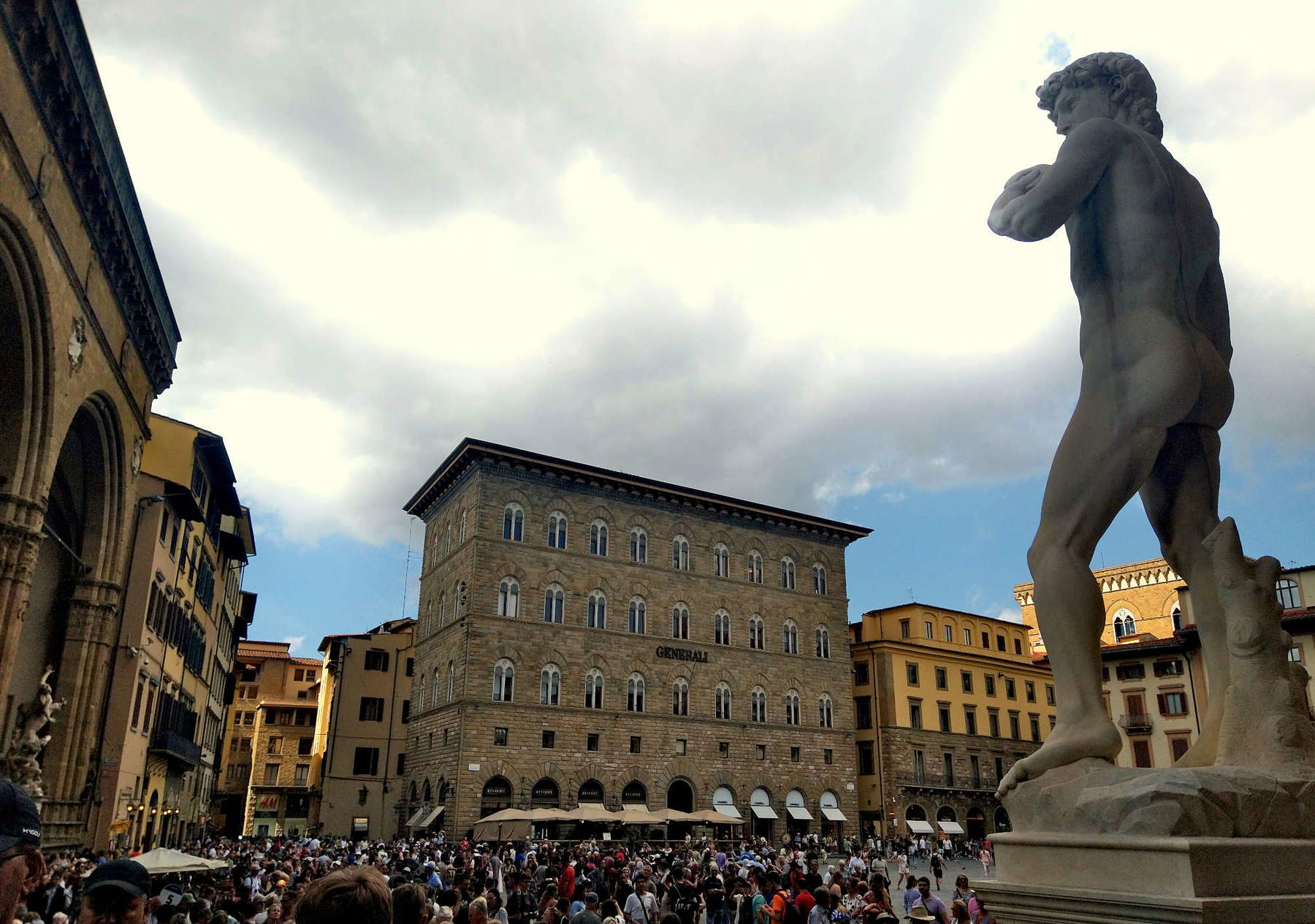Overtourism appeals to mayors and aldermen!
The number of tourists around the planet (and now beyond, given the success of albeit expensive space travel) has returned to inexorable growth. The interlude of the Covid-19 pandemic, although not yet completely closed, has only slowed down a process that will soon lead to overcoming the barrier of 2 billion international tourists in a year, that is, those who spend at least one night in a state other than their state of residence. A number that therefore does not consider so-called domestic tourists, that is, those who take trips or vacations within their own country.
The 2 billion international tourist barrier may be reached in 2030, perhaps even earlier or perhaps a few years later. But little does it change: the bottom line is that tourists are increasing and will increase regardless of any promotional or welcoming actions that the Ministry of Tourism or individual Italian destinations put in place. And, for that matter, this is one of the perfect alibis (which one does not always have the honesty and courage to state openly) that justifies the disinterest of administrators and politicians in tourism. It does not depend only on the fact that tourists do not vote and, therefore, it is convenient to spend money in areas that guarantee solid electoral consensus, diverting money from the tourist tax to electoral goons who take care of and cultivate the precious reservoirs of votes. The bottom line assessment is that it seems totally unnecessary to spend money to govern tourist flows that already arrive and grow on their own, by autonomous push. Except then pretending to complain when faced with the phenomena of excess of tourists in certain destinations (or rather: in specific and circumscribed places of a destination) and announcing improbable measures or singling out easy-to-hit enemies such as short rentals in historic centers. Enemies perfect for lucrative voter consensus (largely, tourist-hating Italians) but absolutely wrong. It is just a way of blaming someone and trying to hide the fact that little or nothing has been done for decades to manage and protect historic centers in terms of housing policies, commercial system, air pollution reduction and urban decency.


I say pretend to complain, because then having a destination full, or overflowing, with tourists fuels a small/large grassroots economy, which guarantees consensus and produces triumphant press releases from politicians and administrators. I say pretend to complain about so-called overtourism, because adopting serious destination management policies would require three ingredients that mayors and aldermen don’t like at all: spending considerable sums of money to give real services to tourists, giving decision-making power to competent technicians who don’t think with their heads wrapped in a party flag (of any party), making unpopular choices in the short term.
Examples abound. Venice has been promising and threatening for years to put an entrance fee to the city, which will only serve to make cash and give extra money to spend to the city government, but it will not be able to reduce the number of walkers and tourists. If I want to see Venice, can a 5 or 10 euro ticket ever change my mind? If Rome is allowed to raise the tourist tax to 10 euros per night (a figure that makes no logical or technical sense), it is only to restore the municipal budget, and of course the other cities immediately asked to be allowed to do the same. But how many will give up going to Rome because the room costs 100 euros instead of 80? The delicate balance of the Cinque Terre is put at risk by visitor flows that are already beyond the limits of sustainability. But instead of finding ways to limit the numbers rationally, they are upgrading the La Spezia Migliarina train station to make it a rail hub that will make mass arrivals even easier.
And finally there is the mayor of Florence, Dario Nardella, who tries to make us believe that hosting the start of the Tour de France 2024 (a very important and historic event, but June 29 is not exactly that low season date when there are few tourists in Florence), “will also serve to show the world how the city is changing and investing more and more in slow and sustainable mobility.” But I think it’s just campaigning to get elected to the European Parliament.
The only one making a serious attempt is Josep Ejarque (not coincidentally a technician and not a politician), appointed destination manager of Amalfi (at the moment only until December 31, 2023) with a program of progressive reduction in the number of tourists: faced with a daily peak of 17,800 people per day, the threshold of sustainability has been set at 14,000 over the medium term, and then maybe going down to 10,000. Mayor Daniele Milano, at the moment, strongly supports this, but will he be able to withstand the political pressure in the face of declining numbers and protests from business operators? And, as the campaign for the 2025 local elections approaches, will he be able to keep the tiller straight, or will he say, as has often been the case, that the technicians are good, indeed very good, but lack political sensitivity?


Why do all administrators love to complain about too many tourists, who “invade, don’t buy, dirty and leave, creating not a few inconveniences for those who live in this city,” as Vanna Giunti, tourism alderman of the City of Siena, put it (because in Italy we also have tourism aldermen who hate tourists). But 30 years of experience tell me that then, faced with the first drop in arrivals and presences, even if it is 2 percent, controversy erupts and accusations of not knowing how to maintain an attractive destination.
A turning point could be the first Report on overtourism produced by Antonio Preiti for Sociometrica, because it tries to define some objective standards to frame the phenomenon, define it in technical terms and then deal with it without getting distracted by a perception that can often be misleading. Rather, it relies on collecting statistical data on visitor numbers and occupancy rates of accommodations; conducting interviews and surveys with residents, business owners and tourists to understand their perceptions of the tourist experience; mapping the movements of tourists and the areas actually congested; and assessing the impact of policies or actions implemented to address the phenomenon.
Preiti himself writes that these are expensive analyses, but necessary if serious and effective work is to be done. I am really curious to see which city administration will be the first to adopt this method of working.
Warning: the translation into English of the original Italian article was created using automatic tools. We undertake to review all articles, but we do not guarantee the total absence of inaccuracies in the translation due to the program. You can find the original by clicking on the ITA button. If you find any mistake,please contact us.





























